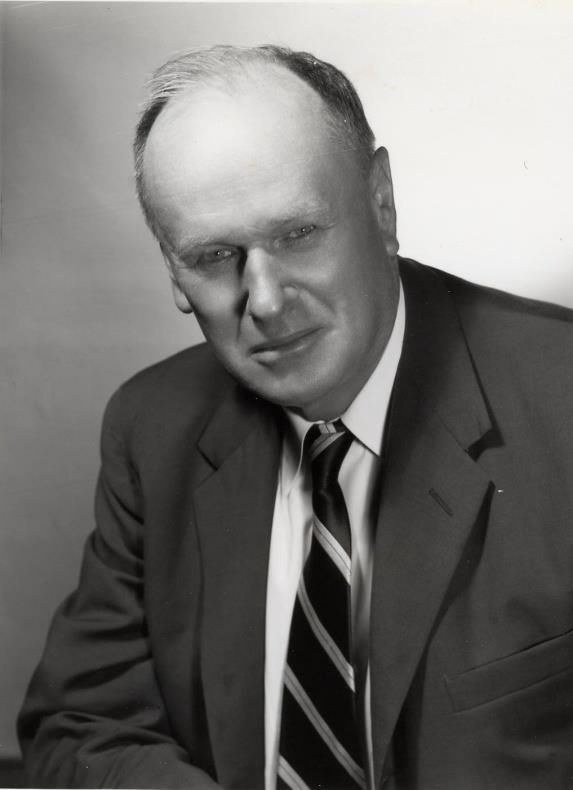 |
Ralph Roscoe Proctor (1894-1962)
Ralph Roscoe Proctor was an American Civil Engineer well-known as the inventor of the 'Proctor test' and the associated theory of compaction.
As a veteran of World War 1 who served the Company E, Twenty-Third Engineers,
he was primarily involved in railroad construction work in France. Afterwards,
having completed his studies in Civil Engineering at the University of
Southern California in Los Angeles (1914-1916), Ralph Proctor worked at
the California Water Authority of Los Angeles (BWWS - Bureau of Water Works
and Supply), where he remained during the rest of his career, mostly involved
in construction, design and maintenance. Much of his field experience was
diverse in water resources, geo-hydraulics and in-situ foundation works
(Grundbauaufgaben), but his efforts were particularly focused in dam construction.
He played a key role in the construction of St. Francis Dam and was also
involved in the investigation of its failure. During the construction of
Bouquet Canyon Dam (1932 to 1934), he developed what we now call the "Proctor-test",
to determine the optimum water content of the compacted earthfill used
for the dam core construction, ensuring both stability and the desired
permeability of the compacted fill. He established quantitatively, that
for a fixed compression energy imparted to a given soil sample at a known
water content, the achievable density would be unique, such that the maximum
dry density was attained at the optimum water content. He published these
results in 1933 which helped to revolutionise the construction of highways,
railroads and airport runways, apart from dams (adapted from Wikipedia
and ASCE Transactions, Vol. 128, 1963).
|

